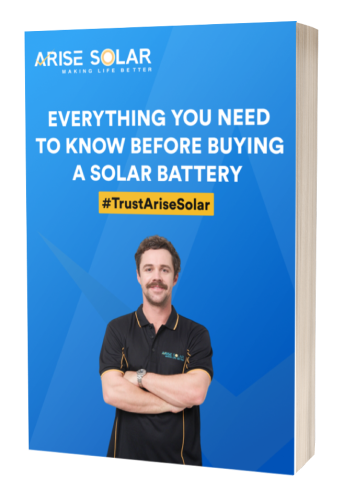In 1839, Edmond Becquerel, a French scientist, first discovered the phenomenon that would later be known as photoconductivity. This is a tendency of some materials to increase their electrical conductivity in the presence of light — the basis of modern solar PV technology.
Various scientists built on Edmonds’s discovery throughout the late 19th century. But it wasn’t until the mid-1900s that the first practical solar panel was developed. The technology has been refined over the years to create a multi-billion-dollar solar energy industry.
How do solar generators work? For instance, how does a 10kW solar system manage to power an entire household using nothing but sunlight?
How solar PV panels work
All solar panels leverage a principle known as the photovoltaic effect. In a complicated process, light interacts with certain semi-conductive materials in a way that causes electrons to start moving, resulting in an electrical current.
A modern solar panel consists of numerous cells made of thin layers of silicon. Underneath each cell is a mesh of copper wire for collecting the current generated from the photovoltaic effect. Each cell produces only about half a volt, but a single module can have as many as 96 cells stringed together. Multiple modules are then interconnected to form a solar array system capable of generating enough electricity to power a home.
Power storage and conversion
Solar PV panels only generate direct current (DC). But household appliances in Australia run on 220v – 250v alternating current (AC). Therefore, the incoming power from a solar array must be converted into AC before feeding into a residential electrical system.
Raw power from the panels first goes through a voltage regulator. The stabilised output is then fed into a battery system that serves both as a buffer and power storage solution. Continuous DC power from the battery unit then goes through an inverter that converts it into AC, which is finally channelled into the electrical system through a series of safety breakers and switches.
Solar systems with grid connections
Solar panels usually generate excess power during the day. If you have a mains connection, you can export the extra energy into the grid. You will receive a credit on your electricity bill for doing so through a feed-in tariff. However, feed-in programmes are only available in some states, and the value of credits depends on the location.
Solar PV technology is continuously evolving, making it quite challenging to choose the most efficient and reliable products. But we are here to help. Arise Solar is a trusted and Clean Energy Council-approved solar installation company. We instal and service solar panels in Adelaide, Queensland, New South Wales, and South Australia. Contact us through our website or call us on 1300 274 737 to get a quote on your commercial or residential solar installation plan.
References:





